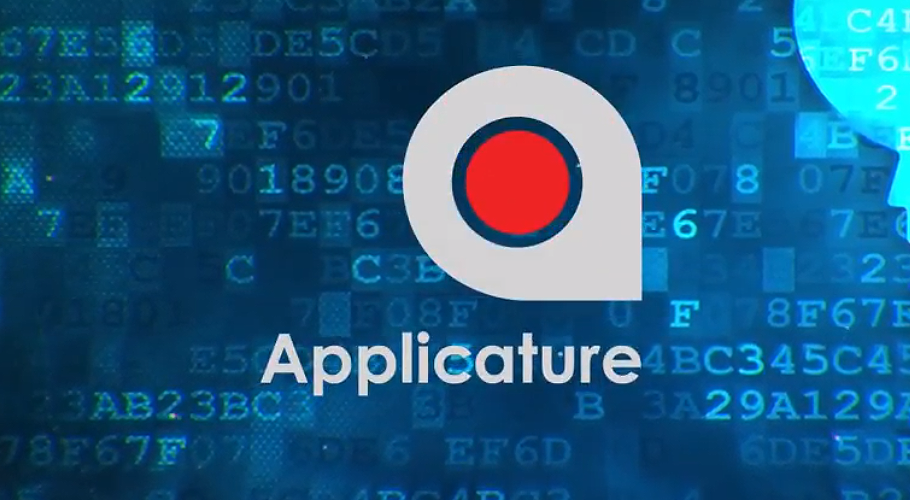Applicature, a boutique blockchain agency with a presence in the U.S and Europe has launched its Proof of Stake Consensus protocol on Ethereum in order to secure, stabilize, improve transactions in multiple industries: banking, supply chain, marketing including loyalty systems.
It was developed in the fall-winter period of 2017-2018 and is ready to roll out for testing. Due to high demand from the clients, and due to already existing PoW, which wasn’t always suitable to use for certain tasks, Applicature has made a decision to develop its own AEPoS (Applicature Ethereun Proof of Stake Consensus Protocol).
Proof of Stake
Proof of Stake (PoS) is the blockchain consensus and reward algorithm that distributes rewards respectively to the declared economic interest in the game for example by holding of the digital assets. Such declared interest is known as stake.
Main Differences between PoW and PoS
Proof of Work (PoW) is all about mining. To get a reward you have to solve a hard block algorithm (puzzle). The process of solving the block is called mining. All blocks must be verified by mining. It means that to validate transactions miners have to use a lot of computational power to solve the puzzle. The amount of reward you get depends on how fast you calculate. To solve the puzzle faster miners have to invest in new hardware and it burns out tons of energy. When the block is solved it’s added to the public blockchain. More miners mean more security.
PoW involves the following steps:
1) Process of mining to validate transactions
2) Miners get rewarded for solving the block
3) The block gets added to the blockchain
In Proof of Stake, to mine, a block one must put a stake on it, some amount of coins that cannot be used for future stakes for several days. This ensures that no one can take control of the network by mining blocks in succession. At the moment, size of the stake is equal to all coin age the user holds, but there are plans to implement an option for a miner to specify the size of the stake.
Miner of the block is decided with a partially stochastic procedure. But the larger the stake, the higher the chance to mine a block.
As coin age grows with time, there is a minimum limit on how long potential miner has to hold on to coins to be successful in mining. This feature doesn’t allow to use pure PoS without initial funds distributed to some nodes. Initial funds can be assigned a certain coin age to stimulate mining of the blocks from the beginning.
Similarly, the maximum limit is imposed on coin age growth as well to make the mining process more fair and decentralized.
Advantages of PoS
1) PoS is a lot more environmentally friendly, you don’t have to invest in multiple hardware to solve puzzles, thus energy resources are being saved
2) Resistance to 51% attacks
3) Stability
4) Security
Ethereum and Proof of Stake Approach
The Ethereum platform plans to move to a hybrid PoS approach. As Ethereum was taken as a base blockchain platform, all of the usual perks that come with Ethereum are available here as well. Peercoin PoS-PoW, on the other hand, has several years of stable work history, and their approach to PoS was taken as a basis. The core of Peercoin PoS is in the concept of coin age, i.e. value that a person accumulates as they hold on to their coins. At the same time, Peercoin’s implementation has a lot of peculiarities related to their design choices and the need for the usage of hybrid algorithms.
The Applicature team says:
“Our implementation is an application of coin age concept to Ethereum platform and should be viewed as pure PoS implementation adapted to Ethereum’s rules. According to our information, Ethereum was not used for pure PoS implementation before. In Applicature Ethereum Proof of Stake, you don’t have to solve any puzzle. Instead of proving how fast you can perform calculations you have to prove how much ETH you own. This is so-called masternodes. When you create a masternode you lock up a certain amount of Ethereum to prove that you have it.”
Peercoin as the hybrid of PoW-PoS
Applicature Ethereum PoS is an adaptation of Peercoin PoS. While Peercoin is a hybrid PoS-PoW blockchain, it is designed to rely more on PoW at the start of the blockchain, gradually increasing the number of PoS blocks.
PoS is a general approach that can be implemented in significantly different ways. Ethereum platform plans to move to a hybrid PoS approach. Peercoin PoS-PoW, on the other hand, has several years of stable work history, and their approach to PoS was taken as a basis. The core of Peercoin PoS is the concept of coin age, the i.e. value that a person accumulates as they hold on to their coins. At the same time, Peercoin’s implementation has a lot of peculiarities related to their design choices and the need for the hybrid algorithmic approach.
Proof of Stake is useful in fields where high demands in energy efficiency and fairness are required. There are not any computational resources competitions in PoS. One doesn’t have to solve a puzzle to get rewarded. An owner of the higher stake gets a block fee reward. It may come in handy in the following industries:
- banking
- supply chain
- marketing
- loyalty systems






















